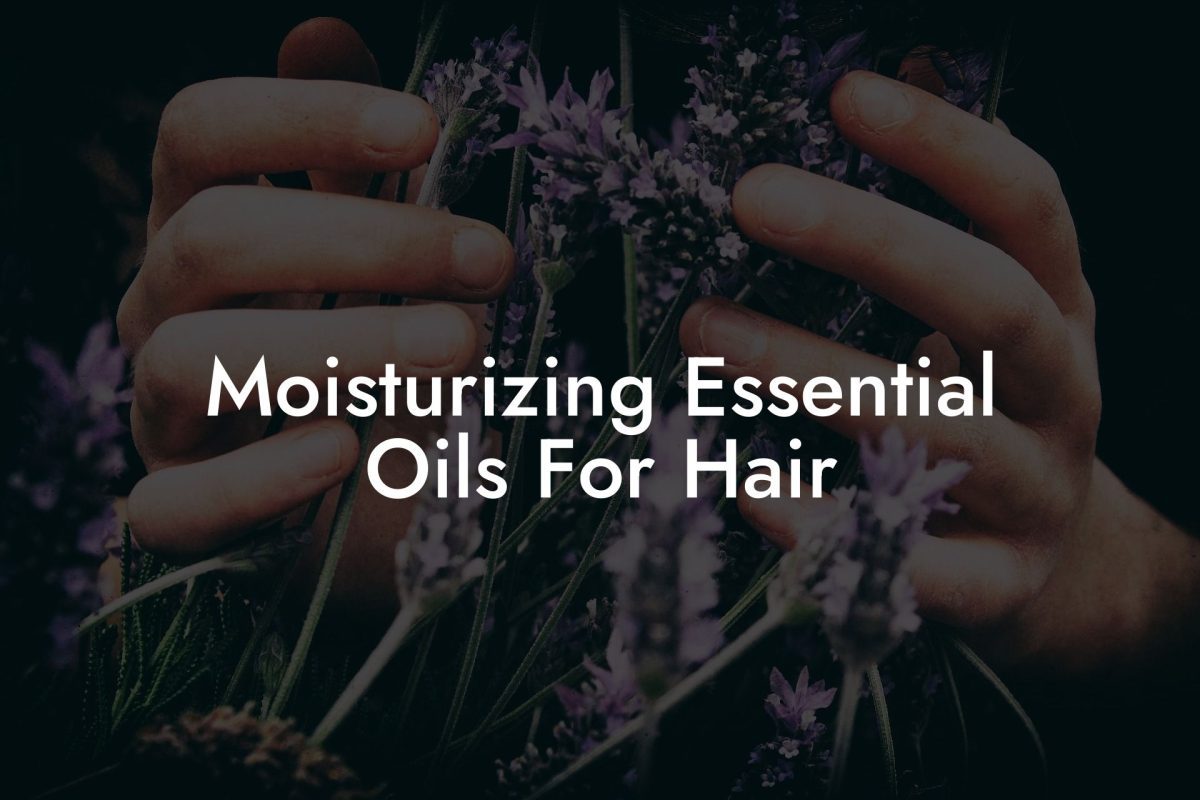As a dog owner, you may be curious whether essential oils are safe to use around your furry friend. Essential oils offer a wide range of therapeutic benefits for humans, but can they provide similar benefits for dogs? In this article, we will explore the safety of essential oils for dogs, how they can be used effectively, and the precautions that you need to take in order to protect your pet’s health and well-being.
Table of Contents
Are Essential Oils Safe for Dogs?
Essential oils are generally considered safe for dogs, provided that they are used in moderation and with the appropriate precautions. However, some oils can be dangerous, so it’s important to know which ones to avoid and how to use them safely.
Which Essential Oils are Safe for Dogs?
- Lavender: Known for its calming properties, lavender oil can help reduce anxiety and promote relaxation in dogs.
- Chamomile: Chamomile oil has a soothing effect and can help alleviate skin irritations or inflammation.
- Frankincense: This oil is beneficial for reducing inflammation and has potential cancer-fighting properties.
- Peppermint: Effective in repelling pests like fleas and ticks, peppermint oil can also help soothe digestive issues in dogs.
- Carrot Seed: Carrot seed oil is believed to promote liver and kidney health and support the immune system.
Which Essential Oils Should be Avoided?
While many essential oils can provide benefits to your dog, there are some that can be toxic and should never be used. Some of these toxic essential oils include:
- Tea Tree
- Cinnamon
- Wintergreen
- Pennyroyal
- Thyme
How to Use Essential Oils Safely with Dogs
Dilution is Key
Essential oils are highly concentrated and must be diluted before use. For dogs, a general guideline is to use a ratio of 1 drop of essential oil to 50 drops of a carrier oil like coconut oil or olive oil.
Method of Application
There are several ways to safely apply essential oils to your dog:
- Diffusing: Using a diffuser is a gentle and non-invasive way to introduce essential oils. Make sure your dog has a space to retreat to if they want to avoid the aroma.
- Topical Application: To apply essential oils topically, first dilute the oil and then gently massage it onto affected areas of your dog’s skin or fur.
- Collar or Bandana: Adding a few drops of diluted oil to your dog’s collar or bandana can provide a calming effect or help repel pests.
Precautions and Guidelines
- Always consult your veterinarian before introducing essential oils to your dog’s routine, especially if your pet has existing health issues or is on medication.
- Introduce essential oils slowly and observe your dog for any signs of discomfort or allergic reactions.
- Avoid using essential oils with puppies under 10 weeks old, pregnant or nursing dogs, and dogs with existing respiratory issues.
Are Essential Oils Safe For Dogs Example:
Imagine your dog suffers from anxiety during thunderstorms. You could try using lavender essential oil as a natural way to provide some comfort. First, consult with your veterinarian and ensure that there are no contraindications for using lavender with your dog. After their approval, you can dilute the lavender essential oil with a carrier oil as mentioned above and gently massage a small amount on your dog’s chest, or add it to a diffuser and let the calming aroma fill the room.
In conclusion, essential oils can provide numerous benefits for dogs when used safely and appropriately. By understanding which oils to use, how to dilute them, and applying them correctly, you can help enhance your dog’s overall well-being. If you found this article helpful, we encourage you to explore other guides on Oshu Oils and share this information with fellow dog owners. Don’t forget to check out the Oshu Oils range of essential oils to start integrating the power of aromatherapy into your furry friend’s life.





















